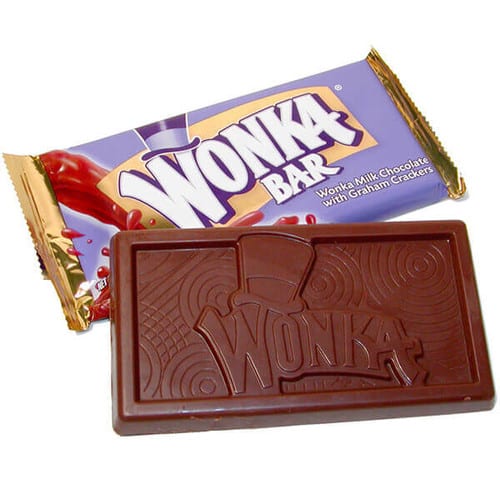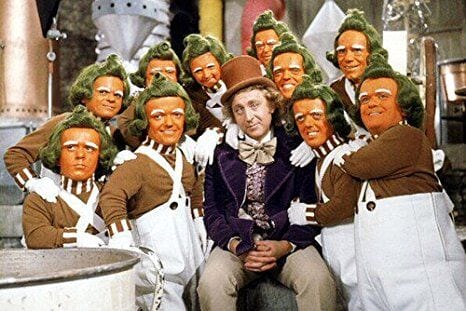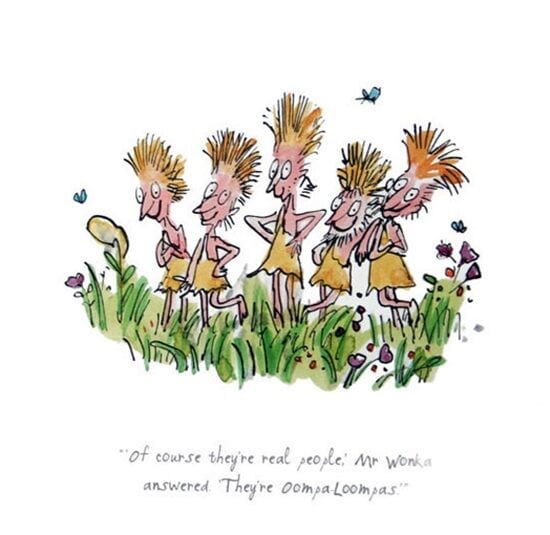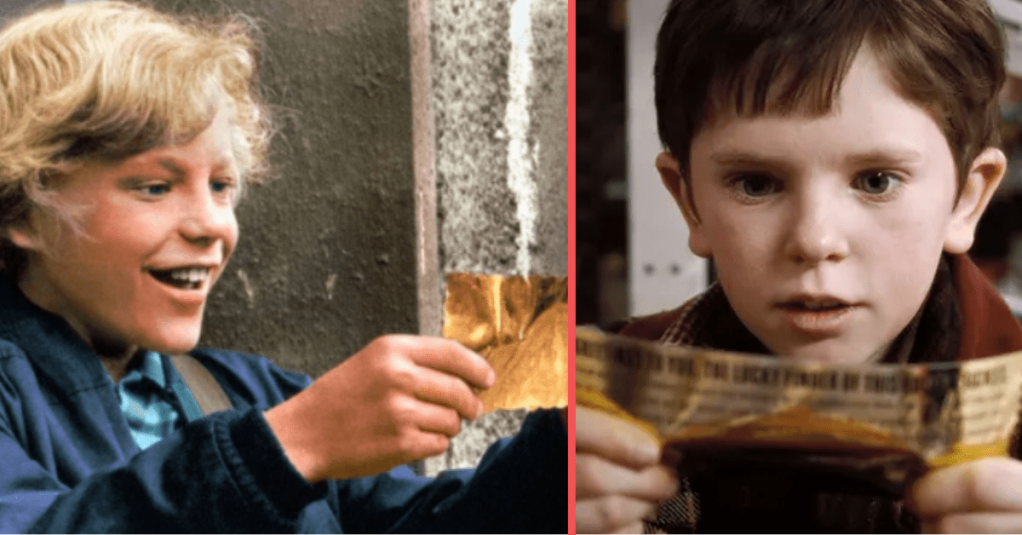Trending Now
Roald Dahl is one of the world’s best-selling authors, most notable for his children’s books, including Charlie and the Chocolate Factory, James and the Giant Peach, Matilda and more.
You’ll be hard pressed to find someone who’s never read or seen a movie based on one of his stories. Plenty of us will have fond memories associated with his macabre tales of children triumphing over gruesome, villainous foes.
Unfortunately, as seems to be the case with many celebrated children’s authors, Roald Dahl also falls into the category of “problematic fav.”

Image Credit: Wikimedia Commons
Roald Dahl was not always so sweet as the chocolate in Willy Wonka’s factory.
In 2014, plans to celebrate the life of Roald Dahl with a commemorative coin were rejected by Royal Mint because of Dahl’s openly anti-Semitic views and statements.
And as fond as we are his stories, there’s no arguing that favorites like Charlie and the Chocolate Factory or The Witches contain distinctly disturbing elements. You know, children who get blown up into blueberries, little boys who decide they’d rather live life as a mouse so they don’t outlive their elderly grandmother.
Which is what makes Charlie’s Chocolate Boy so intriguing/horrifying. In both movie adaptations of Charlie and the Chocolate Factory, and as depicted in the books, all of the children who win golden tickets are white. Felicity Dahl, Roald Dahl’s widow, told the BBC that Mr. Dahl wrote an earlier draft of Charlie and the Chocolate Factory in which our protagonist, Charlie Bucket, was black.
This version was called Charlie’s Chocolate Boy.

Image Credit: Fandom.com
In Charlie’s Chocolate Boy, Wonka shows the children the Easter room, which contains life-sized chocolate molds.
Charlie (who is described as being black in this version) stumbles across a life-size chocolate boy mold, and is fascinated.
Wonka helps him into the mold, gets distracted, and poor Charlie ends up encased in chocolate.
Yes, you read that right.

Image Credit: Unsplash
In an interview with the New York Times, Catherine Keyser, an associate professor of English at the University of South Carolina explains,
“…the chocolate pours over his body and he is suffocating and nearly drowning in it.
And it hardens around him, which feels terrible.
He’s trapped. He’s alive but can’t be seen or heard.”
Chocolate-coated Charlie is then placed in an Easter basket to be presented to Wonka’s son the following day. Through two eye-holes in this chocolate coating, Charlie witnesses burglars break into the house to steal millions of dollars and jewelry. He’s able to groan (why didn’t he do so earlier?) and alert Wonka.
In this version, because Wonka already has a son, rather than inheriting the chocolate factory, Charlie is gifted his own chocolate shop as a reward.

Image Credit: CandyWarehouse.com
Keyser believes the chocolate coating is an allegory for racial stereotyping, and that this was an anti-racist choice Dahl made.
Regardless, after sharing the manuscript with a literary agent friend, Dahl was immediately asked not to make Charlie black, and so Charlie’s Chocolate Boy hit the cutting room floor.
But Charlie wouldn’t be the last black character in the story to be reimagined.

Image Credit: Wikipedia
The Oompa-Loompas, most famously depicted as small, orange-skinned, green-haired men in Willy Wonka and the Chocolate Factory starring Gene Wilder, were first imagined as a tribe of African pygmies that Wonka took from their homeland to work in his factory and test out his products.
This “happy slave” trope was clearly problematic and had to be changed.

Image Credit: Wikipedia
Eventually, Dahl wrote the version of the story we know and love today.
Even if Dahl meant for the chocolate coating in Charlie’s Chocolate Boy to be an allegory to racial stereotyping, it leaves a bad taste in my mouth just imagining it.
It’s one thing to punish Veruca Salt for being a “bad nut” by sending her down the garbage chute. It’s another to inflict an act of race-specific violence like that on a small black boy. In my opinion, it’s way too horrifying.
What do you think? Is Charlie’s Chocolate Boy a nod to the constraints of racial stereotyping, or is it just plain disturbing?
Let us know in the comments.






